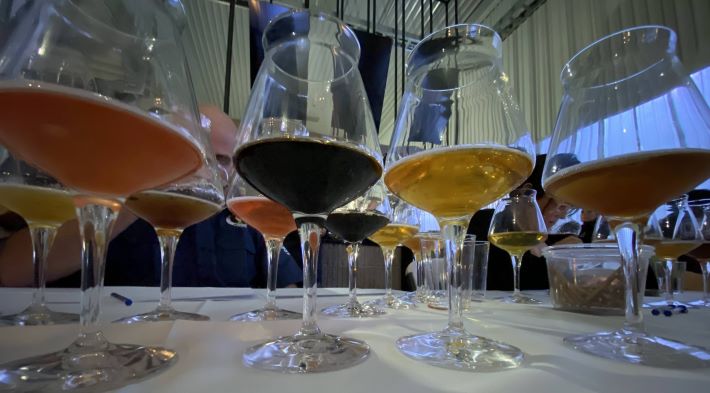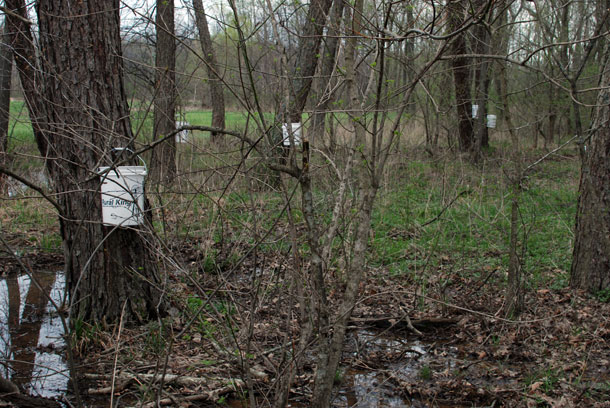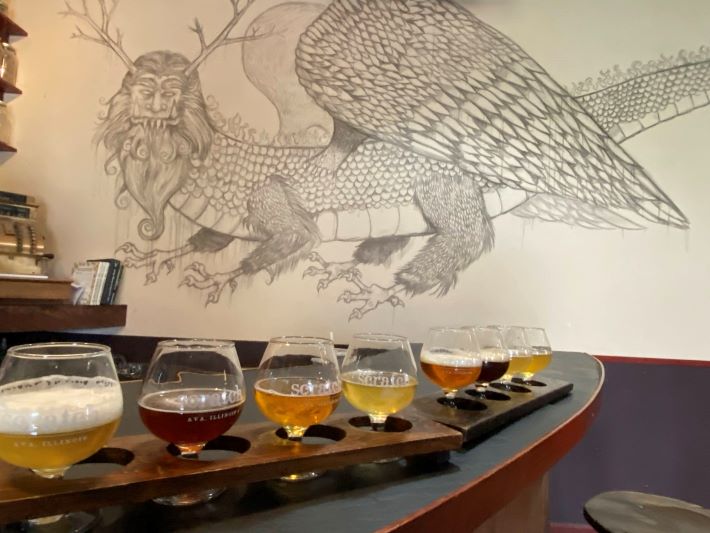
Scratch Brewing has been one of our favorite places to be since Daria and I first visited nearly 10 years ago Simply to be. Full stop.
So it seemed a bit jarring Wednesday when James Beard Award semi-finalists were announced to see Scratch as a contender for “Outstanding Bar.” They have a bar top, but eight tasters will fill up half of it. (There was a ninth glass to the left; when you can only visit once every 15 months or so, in this case last February, you order everything on tap and buy bottles to go.) And they have beer.
But people go to a bar to watch the Super Bowl. I’ve been at Scratch on Super Bowl Sunday, but there is no TV, and the people playing Cards Against Humanity did not seem to care. People scribble graffiti on the walls in bar bathrooms. Not at Scratch.

There is an explanation. Scratch co-founders Marika Josephson and Aaron Kleidon were semi-finalists for “Outstanding Beer, Wine and Spirit Producer” in 2020, the year the Beard Awards were canceled. They canceled 2021 at the same time and since then there have been many changes. Last year there was Outstanding Bar Program category and this year there is simply Outstanding Bar. The criteria: “This award is presented to a wine bar, beer bar, cocktail bar, coffee bar or any other business whose primary offering is beverage and that demonstrates consistent excellence in curating a selection or in the preparation of drinks, along with outstanding atmosphere, hospitality, and operations while contributing positively to its broader community.”
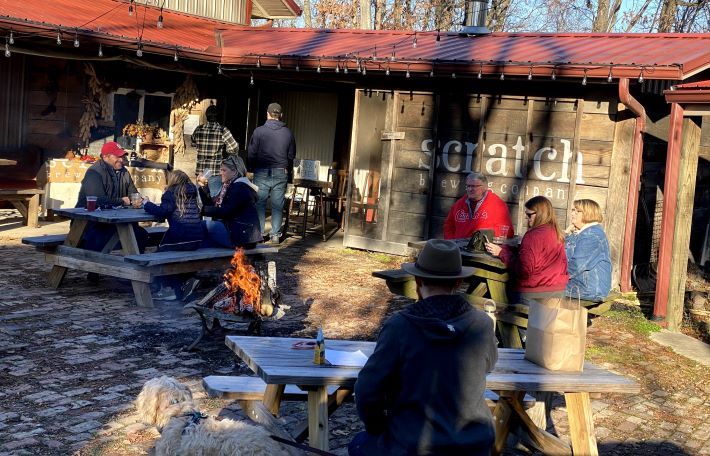
Scratch definitely qualifies, but I still would not call the brewery on a farm a bar. And I don’t think the people who were there two days after Thanksgiving of 2020 would either.

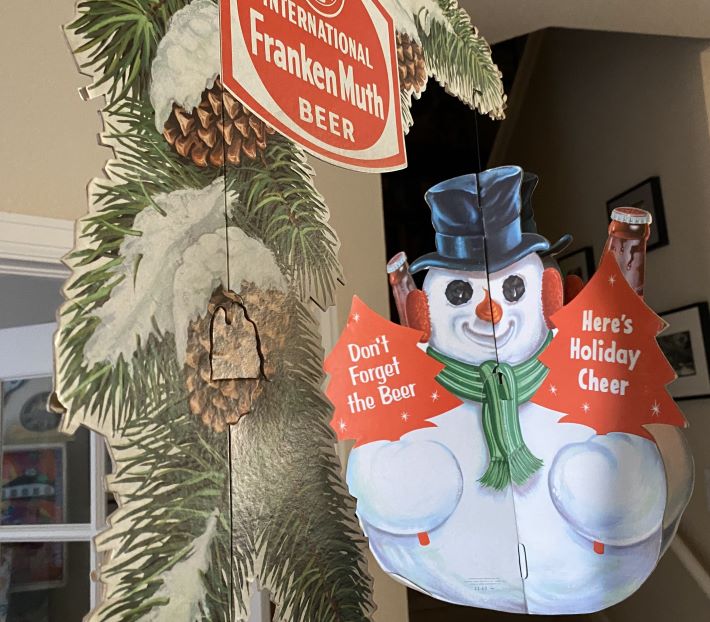
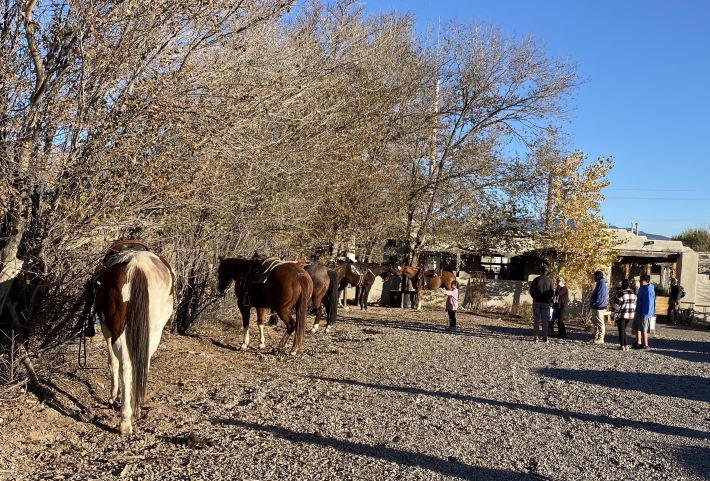
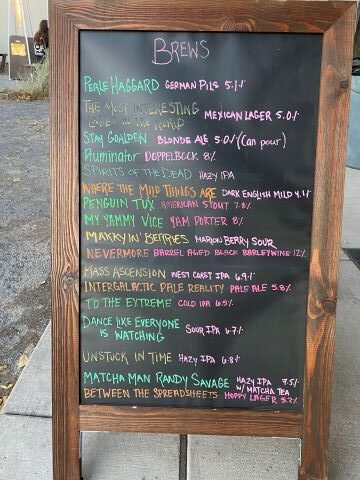 Ex Novo Brewing in Corrales, NM, has horse parking. The stucco building in the distance is the brewery tasting room.
Ex Novo Brewing in Corrales, NM, has horse parking. The stucco building in the distance is the brewery tasting room.